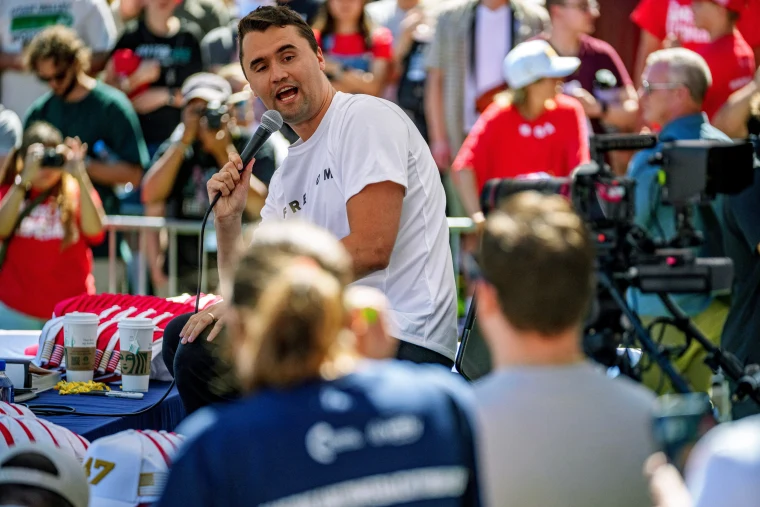A media analyst recently pointed out a pattern in how some narratives are defended after violent incidents. The claim that Charlie Kirk’s alleged assassin was not a radicalized leftist keeps getting repeated, and that repetition tells us more than the facts alone. Observing that behavior helps unpack the mechanics of modern political media coverage.
At the heart of the debate is a simple human reflex: protect the identity of your team and dismiss anything that threatens the group story. When a conclusion feels dangerous to a side, defenders accelerate toward alternative explanations. That rush can harden into a reflexive denial that ignores inconvenient evidence.
Labels like “radicalized leftist” or “lone extremist” are shortcuts that shape how an event is seen and remembered. They do more than describe; they assign blame, motive, and fate in one sweep. Once a label sticks, it colors every follow-up detail for large parts of the audience.
Media outlets and commentators are not immune to this gravitational pull; they operate inside networks of expectation and audience demand. The pressure to keep viewers comfortable can tilt coverage toward mitigation or magnification. That tilt becomes a story in itself, signaling priorities as much as facts.
When analysts say this dynamic “shows the nature of the Left,” they’re making a sweeping interpretation that mixes behavior with identity. That kind of shorthand can inflame rather than clarify, because it moves from observation into judgment. The risk is turning an analytic point into a broad cultural indictment.
First, it reveals how quickly tribal instincts outrun careful inquiry in fast-moving stories. People want a stable world view, and news that unsettles that view is often reshaped to fit. The result is a feedback loop where interpretation becomes the dominant event.
Second, the episode exposes the erosion of shared facts in public life. When competing tribes offer wholly different readings of the same incident, consensus evaporates and discourse fragments. That fragmentation damages trust and makes collective problem-solving harder.
Third, it highlights the responsibility of commentators and outlets to slow down and separate what is known from what is convenient. Rhetoric that rushes to absolve or condemn without clear evidence deepens polarization. A calmer, evidence-first posture would reduce the fuel for outrage on all sides.
Finally, the back-and-forth reveals an audience craving clarity, even when clarity is unavailable. That craving is exploited by those who profit from certainty, whether political operatives or viral pundits. Consumers of news should stay skeptical of neat narratives and insist on context.
This episode is not just about one alleged attacker or one media analyst’s take; it’s a mirror for how modern politics gets practiced in public. Interpretations are as revealing as events, and sometimes more so. Paying attention to the way arguments are framed tells you who is defending what, and why.
At the end of the day, facts matter more than declarations of identity. The healthier route is to let investigations run their course and to resist the urge to tag a person with a political brand before evidence supports that tag. Until then, observers should call out reflexive narratives and push for clarity over convenience.

